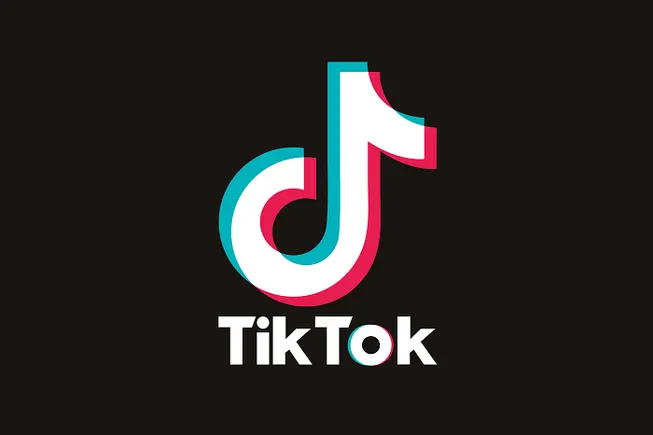In a move that may significantly impact some email marketers, Google is set to start deleting inactive email accounts this week.
Google initially announced the plan, which only applies to accounts that haven’t been used for at least two years, in May, giving users six months to take action.
Inactive email accounts don’t engage with marketing emails and don’t respond to messages or make purchases, which means on some level, Google might be doing email marketers a favor by presenting this purge. But that’s not how all email marketers think.
Quantity versus quality
“For years, companies have relied on inactive accounts to boost their email [list] size,” said Ryan Phelan co-founder of digital marketing services company RPEOrigin.com and a MarTech contributor. “Like it’s a competition or sign of success, especially when a significant population of email lists are inactive addresses.”
Phelan said putting emphasis on list size over list quality is a sign that marketers are thinking tactically instead of strategically. He has two pieces of advice for email marketers.
“First, inactive accounts are a clear sign to the receivers that you are not looking at engagement but may be looking at size. Especially in this case, where the threshold is two years,” Phelan said. “Second, it should call out to marketers that culling of a list is not a bad thing and proper strategies should be implemented for reactivation.”
The email purge is a precursor to another big change for email marketers happening early in 2024. That’s when both Google and Yahoo! plan to crack down on bulk email senders that fail to authenticate their emails and fall below reported spam thresholds.
Dig deeper: How persuasive email design can influence the ecommerce customer journey
“If we look at [the deletion of inactive accounts] as a future indicator, we can be pretty sure that the receivers will be implementing policies like this in 2024 to ensure that the volume is controlled and marketers look at strategy instead of tactic-driven approaches,” Phelan said.
Security risk
Why is Google deleting inactive accounts in the first place? Security.
In its May announcement of the upcoming deletions, the company said an internal analysis found that inactive accounts are 10 times less likely to have two-factor authentication than active accounts and receive fewer security checks from users. They also tend to use poor passwords and re-use the same passwords as accounts on other platforms.
Dig deeper: 7 key email metrics to track beyond opens and clicks
Rather than risk having inactive accounts compromised and used for illegal activity like identity theft or other scams, Google decided to delete them.
Read the May announcement on the policy change from Google.
The post Email marketers may be hit by Google’s mass account removal appeared first on MarTech.









































































